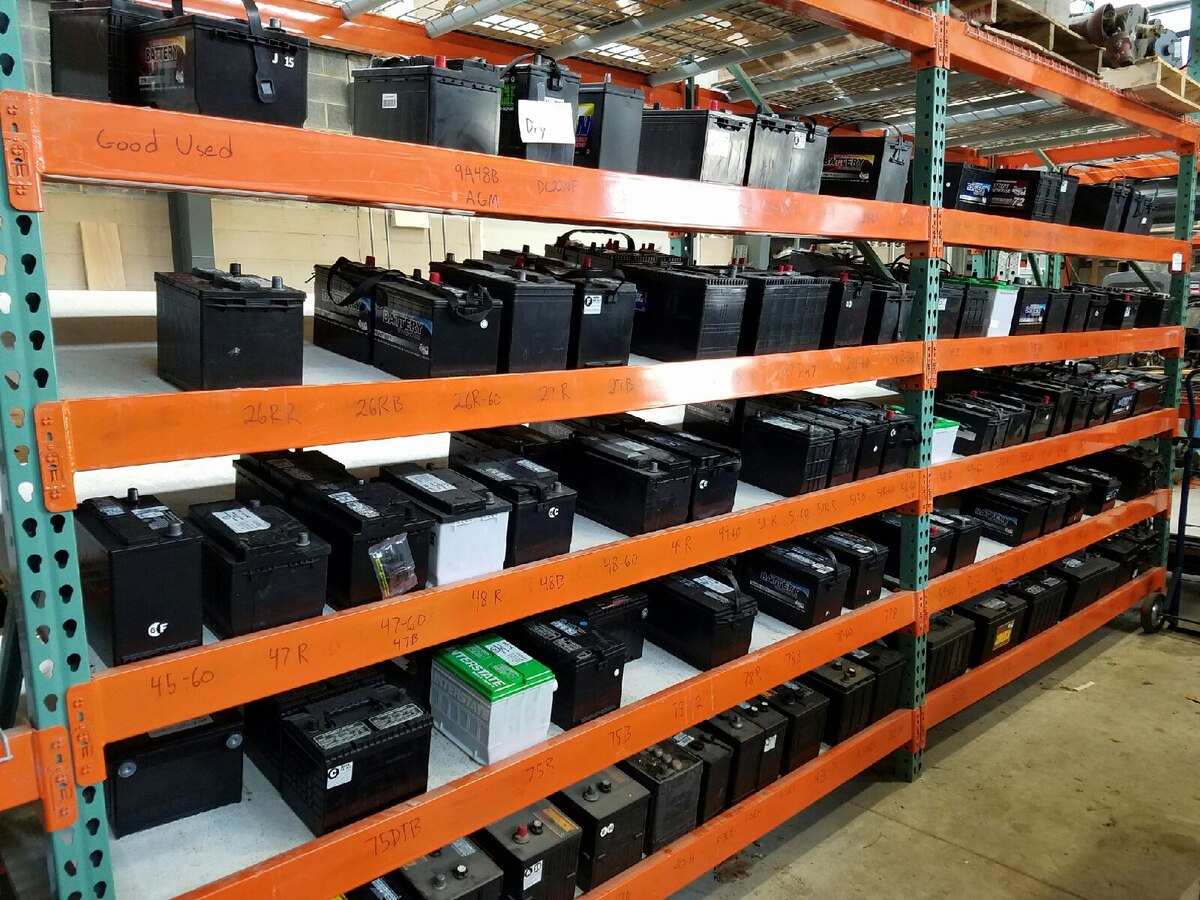

Articles
How To Store Car Battery When Not In Use
Modified: December 7, 2023
Learn the proper way to store your car battery when it's not in use. Our articles provide helpful tips and guidelines to ensure optimal battery life and performance.
(Many of the links in this article redirect to a specific reviewed product. Your purchase of these products through affiliate links helps to generate commission for Storables.com, at no extra cost. Learn more)
Introduction
Properly storing a car battery when it is not in use is essential to ensure its longevity and optimal performance. Car batteries can suffer from self-discharge or damage if they are not stored correctly, especially during periods of prolonged inactivity. Whether you are storing your car battery for the winter season or for an extended period of time, it is crucial to follow the right steps to protect it from deterioration and potential issues.
In this article, we will explore the importance of storing car batteries properly and provide you with a step-by-step guide on how to store your car battery when it is not in use. By following these guidelines, you can maximize the lifespan of your battery and avoid any inconvenience or expensive replacements in the future.
Key Takeaways:
- Properly storing a car battery when not in use is crucial for preventing self-discharge, damage, and corrosion. Following simple steps and avoiding common mistakes can save money and provide peace of mind.
- Regularly checking and maintaining the battery, using a battery maintainer, and storing it in a cool, dry place are essential for maximizing the lifespan of a car battery. Avoiding common mistakes and following proper storage guidelines can ensure reliable performance when needed.
Read more: How To Store A Car Battery When Not In Use
Importance of Storing Car Battery Properly
Storing a car battery properly is crucial for maintaining its health and extending its lifespan. Here are some key reasons why it is essential to store your car battery correctly:
- Prevention of Self-Discharge: Car batteries are designed to provide a continuous flow of electrical power to start the engine. However, when the battery is not in use, it can lose charge over time due to a phenomenon called self-discharge. Storing the battery correctly helps minimize self-discharge and preserves its charge for a longer duration.
- Protection from Damage: When not stored correctly, car batteries can be vulnerable to damage. Extreme temperatures, humidity, and exposure to sunlight can all affect the battery’s performance and lead to premature failure. By storing the battery in a controlled environment, you can protect it from these potential damaging factors.
- Avoidance of Corrosion: Corrosion can occur on the battery terminals and connectors when the battery is not properly stored. This can lead to poor electrical connections and hinder the performance of the battery. By following the right storage practices, you can minimize the risk of corrosion and ensure optimal conductivity.
- Cost Savings: Storing your car battery properly can save you money in the long run. A well-maintained battery is less likely to experience premature failure or require frequent replacements. By extending the lifespan of your battery, you can avoid the expenses associated with purchasing a new one.
- Peace of Mind: Knowing that your car battery is stored correctly provides peace of mind. You can be confident that your battery will be in good condition when you need it, whether it’s after a long period of inactivity or during the next winter season.
Now that you understand the importance of storing your car battery properly, let’s dive into the step-by-step process of how to store it when not in use.
Steps to Store Car Battery When Not in Use
If you want to store your car battery properly, follow these simple steps:
- Step 1: Clean the battery terminals
- Step 2: Disconnect the battery from the vehicle
- Step 3: Check battery voltage and charge if necessary
- Step 4: Keep the battery in a cool and dry place
- Step 5: Use a battery maintainer or trickle charger
- Step 6: Regularly check and maintain the battery
The first step is to clean the battery terminals to ensure a good electrical connection. Use a wire brush or a battery terminal cleaner to remove any corrosion or buildup on the terminals. Apply a mixture of baking soda and water and scrub the terminals gently. Once clean, rinse with water and dry the terminals before proceeding.
To prevent any electrical drain or accidental energy consumption, it is important to disconnect the battery from the vehicle. Start by removing the negative (black) cable followed by the positive (red) cable. Use a wrench or a socket to loosen the terminal clamps and carefully lift them off the terminals.
Check the battery voltage using a multimeter. A fully charged battery should have a voltage reading of around 12.6 volts. If the voltage is significantly lower, you may need to recharge the battery. Use a battery charger to replenish the charge and bring the battery to its optimal level.
Find a cool and dry place to store the battery. Excessive heat can accelerate the self-discharge rate and cause damage to the battery. Avoid locations that are exposed to direct sunlight or extreme temperature fluctuations. A basement, garage, or storage room is often an ideal choice.
If you plan to store the battery for an extended period, consider using a battery maintainer or trickle charger. These devices provide a low, constant charge to the battery, preventing self-discharge and maintaining its optimum power level. Follow the manufacturer’s instructions to connect the maintainer or trickle charger properly.
Even when not in use, it is essential to periodically check the battery’s condition. Inspect the terminals for any signs of corrosion or buildup, and clean them if necessary. Additionally, check the voltage level and recharge the battery if it drops below the recommended range. Regular maintenance will ensure that the battery remains in good shape during storage.
Following these steps will help you store your car battery properly and maintain its performance and longevity. Now, let’s move on to some common mistakes to avoid when storing a car battery.
To store a car battery when not in use, it’s best to keep it in a cool, dry place and periodically charge it to maintain its charge level. Avoid storing it directly on concrete to prevent discharge.
Common Mistakes to Avoid When Storing a Car Battery
When storing a car battery, it is important to avoid certain common mistakes that can potentially damage the battery or reduce its lifespan. Here are some mistakes to avoid:
- Not cleaning the battery terminals: Neglecting to clean the battery terminals before storage can lead to corrosion and poor electrical connections. Make sure to clean the terminals using a wire brush or battery terminal cleaner to prevent any issues.
- Leaving the battery connected to the vehicle: Leaving the battery connected to the vehicle can lead to slow discharge and drainage of the battery. Always disconnect the battery from the vehicle to prevent any potential electrical drain.
- Storing the battery in extreme temperatures: Extreme temperatures, whether hot or cold, can adversely affect the battery’s performance and lead to a shorter lifespan. Avoid storing the battery in locations exposed to direct sunlight, extreme heat, or freezing temperatures.
- Not checking the battery voltage before storage: It is important to check the battery’s voltage before storage to ensure it is in good condition. If the voltage is significantly low, recharge the battery to its optimal level before storing it.
- Storing the battery with a low charge: Storing a battery with a low charge can result in self-discharge, increased sulfation, and potential damage to the battery. Always ensure the battery is fully charged before storing it for an extended period.
- Misplacing or mishandling the battery: Improper handling and storage techniques can cause physical damage to the battery. Make sure to securely place the battery in an upright position to avoid any potential leaks or spills.
- Not regularly checking and maintaining the battery: Even when in storage, it is important to periodically check the battery’s condition. Regularly inspect the terminals for corrosion, check the voltage level, and recharge the battery if necessary.
By avoiding these common mistakes, you can ensure that your car battery remains in good condition during storage and is ready for use when needed.
Now that you are aware of the common mistakes to avoid, let’s conclude our discussion.
Conclusion
Properly storing your car battery when it is not in use is essential for maintaining its health and maximizing its lifespan. By following the steps outlined in this article, you can ensure that your battery remains in optimal condition during periods of inactivity.
Cleaning the battery terminals, disconnecting the battery from the vehicle, checking the battery voltage, and keeping it in a cool and dry place are crucial steps to prevent self-discharge, corrosion, and damage. Additionally, using a battery maintainer or trickle charger can help maintain the battery’s charge and prolong its life.
Remember to regularly check and maintain the battery, even when it is in storage. Inspect the terminals, clean if necessary, and monitor the voltage level to ensure that the battery remains in good shape.
By avoiding common mistakes such as neglecting to clean the battery terminals, leaving the battery connected to the vehicle, storing it in extreme temperatures, and not checking the voltage level before storage, you can prevent damage and prolong the battery’s lifespan.
Properly storing your car battery not only saves you money by avoiding frequent replacements but also provides you with peace of mind knowing that your battery will be in optimal condition when you need it.
So, take the time to store your car battery correctly. It is a simple yet crucial task that can go a long way in ensuring your battery’s longevity and reliable performance.
Follow these guidelines, avoid common mistakes, and enjoy the benefits of a well-maintained car battery when you need it most.
Frequently Asked Questions about How To Store Car Battery When Not In Use
Was this page helpful?
At Storables.com, we guarantee accurate and reliable information. Our content, validated by Expert Board Contributors, is crafted following stringent Editorial Policies. We're committed to providing you with well-researched, expert-backed insights for all your informational needs.

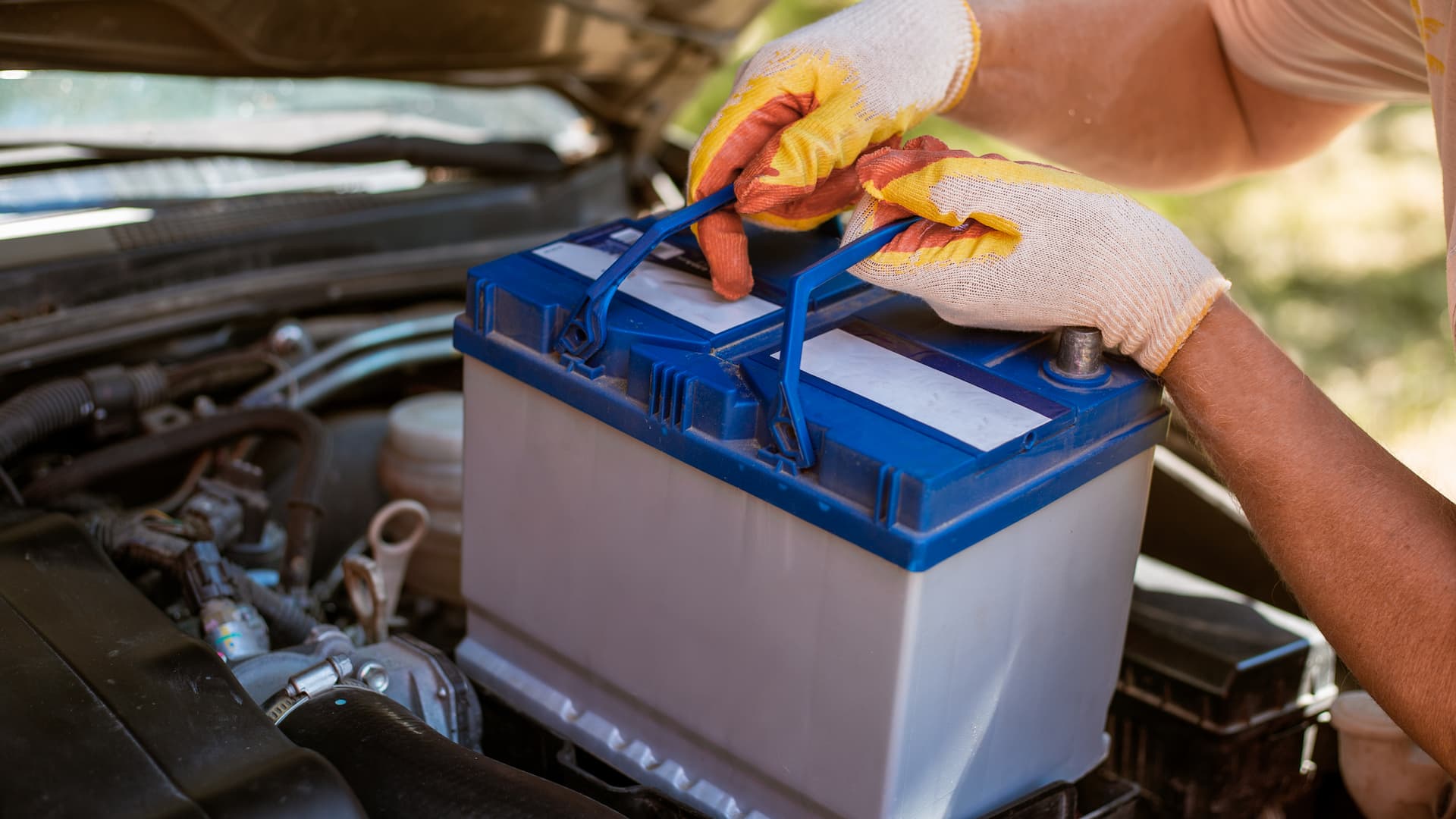
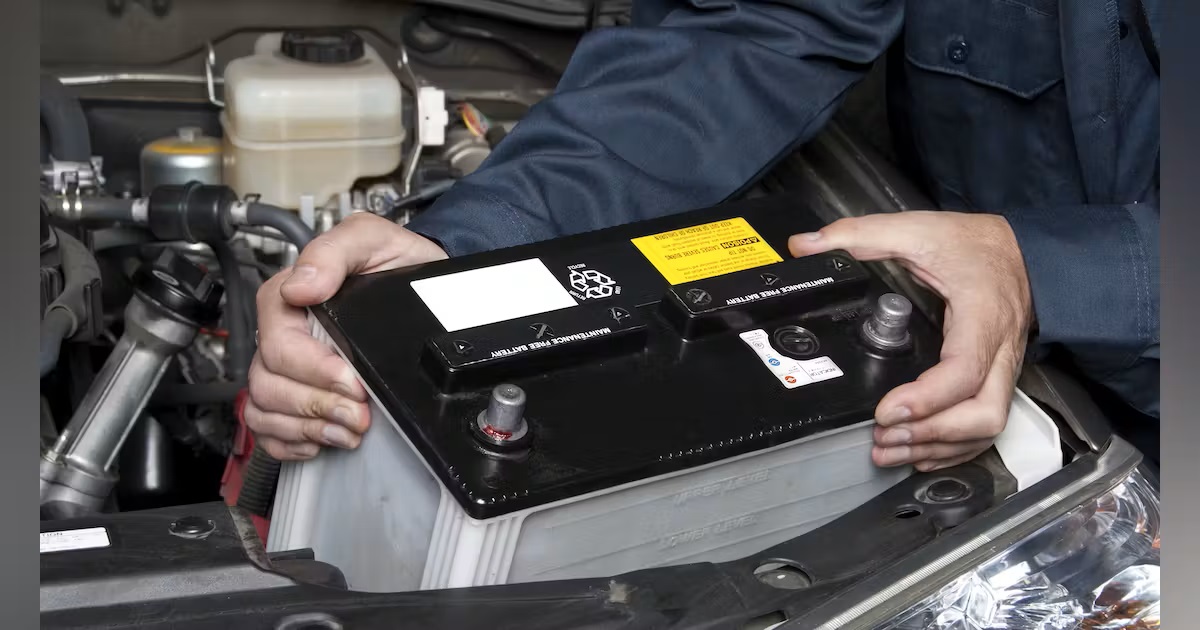
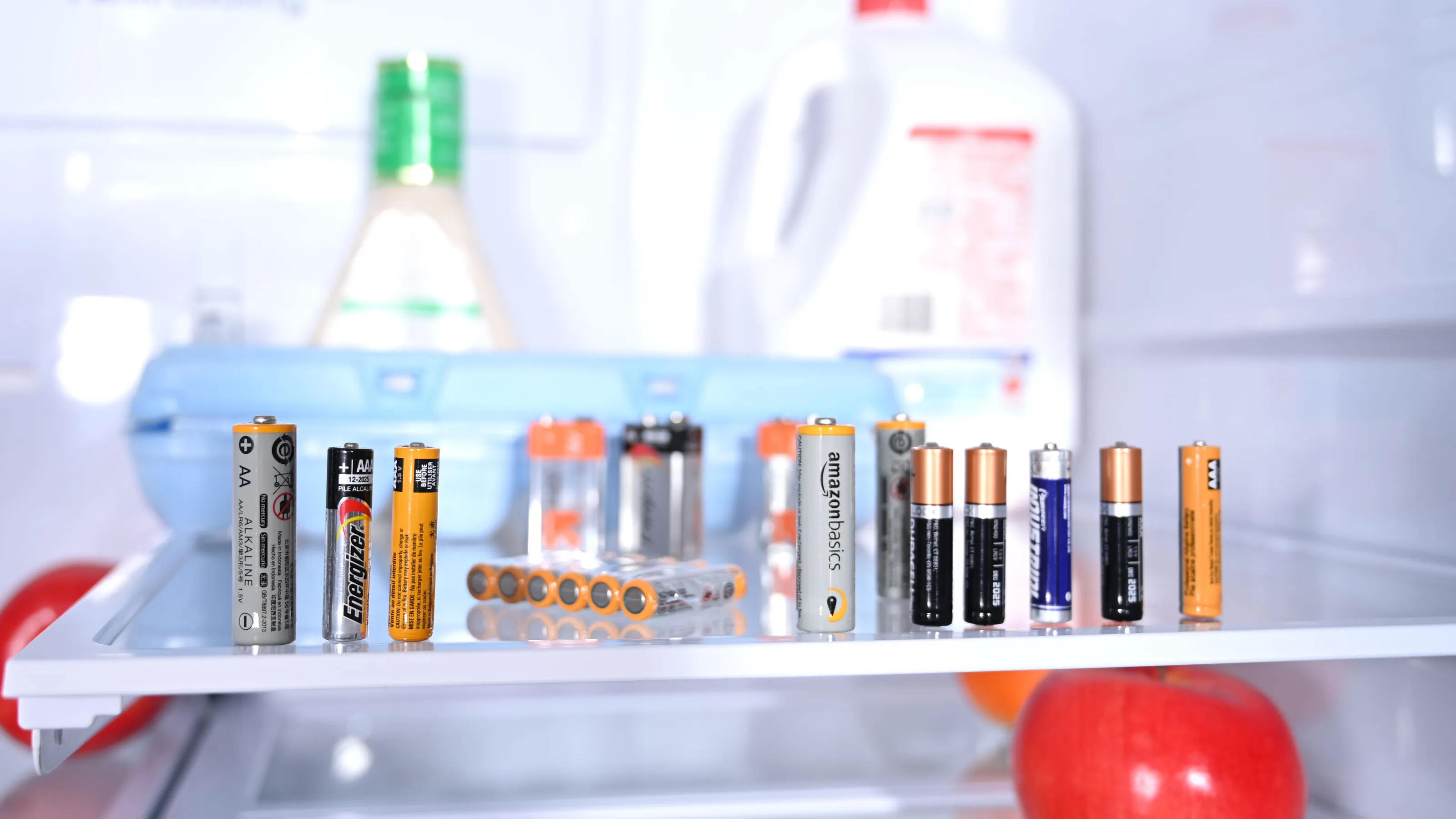

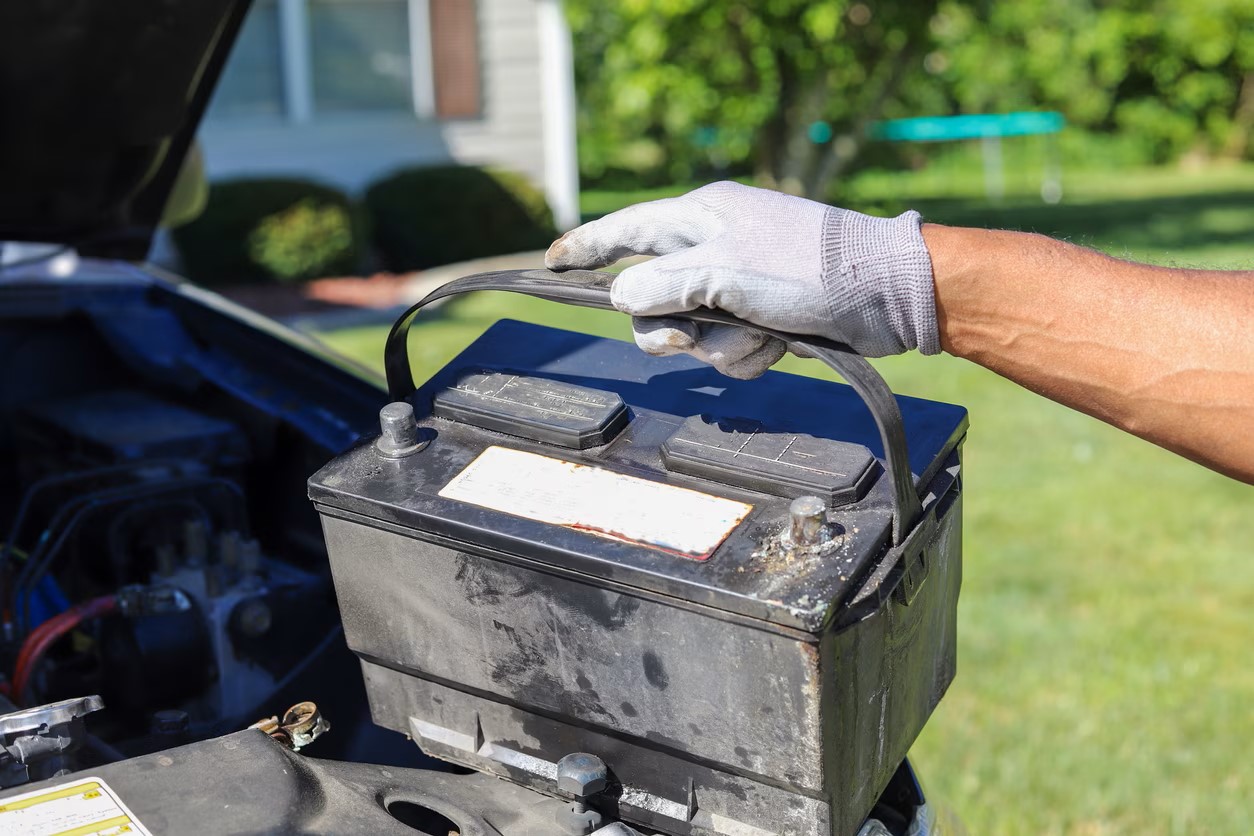
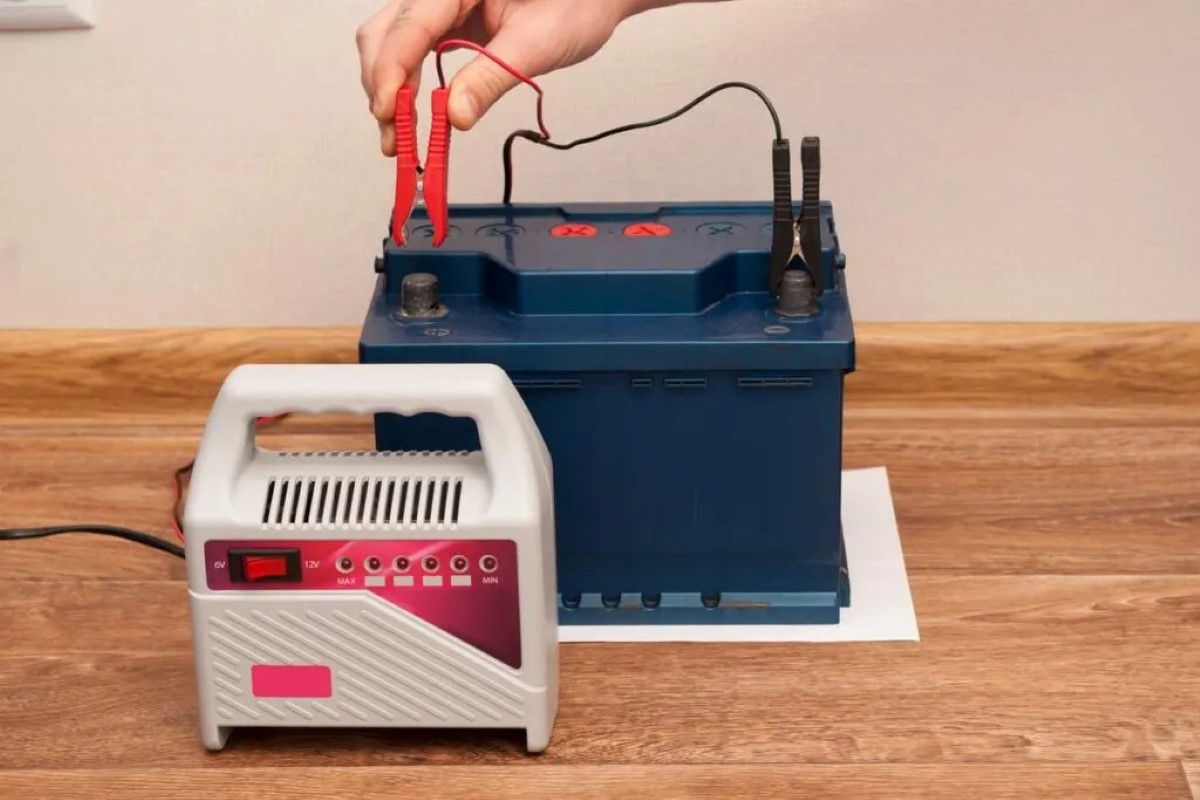




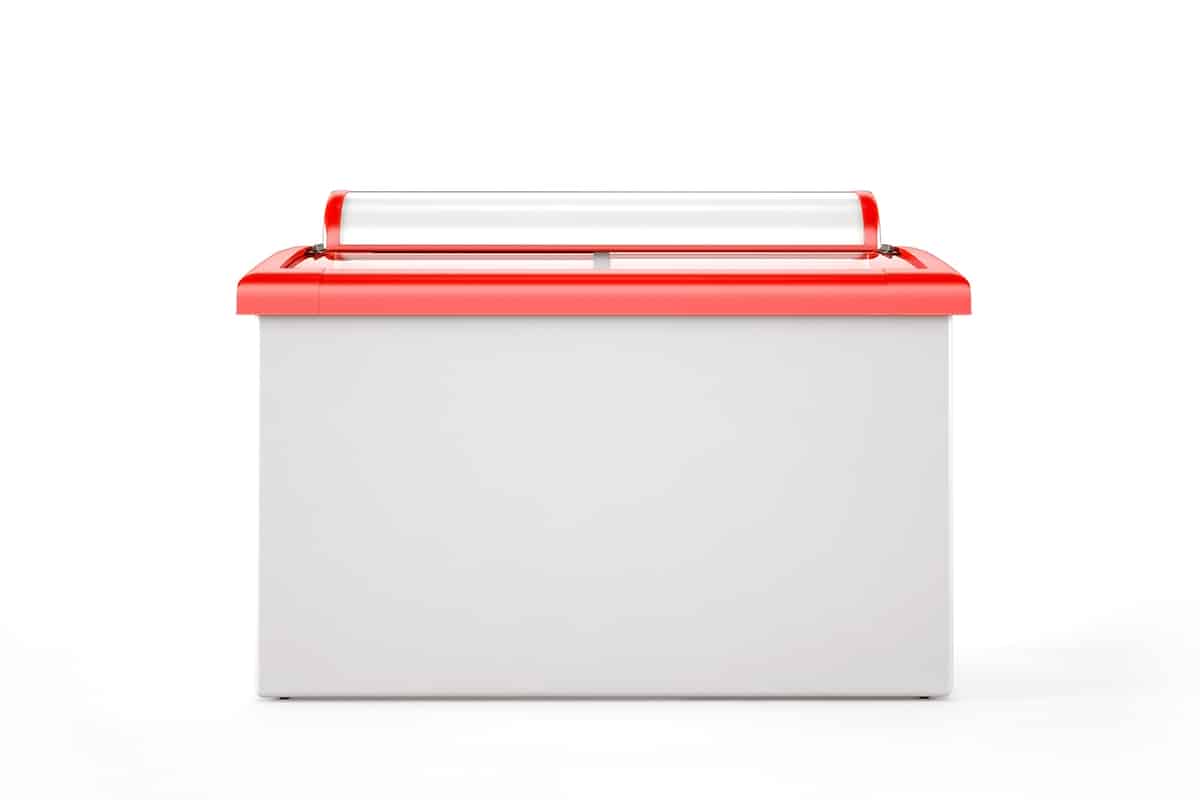
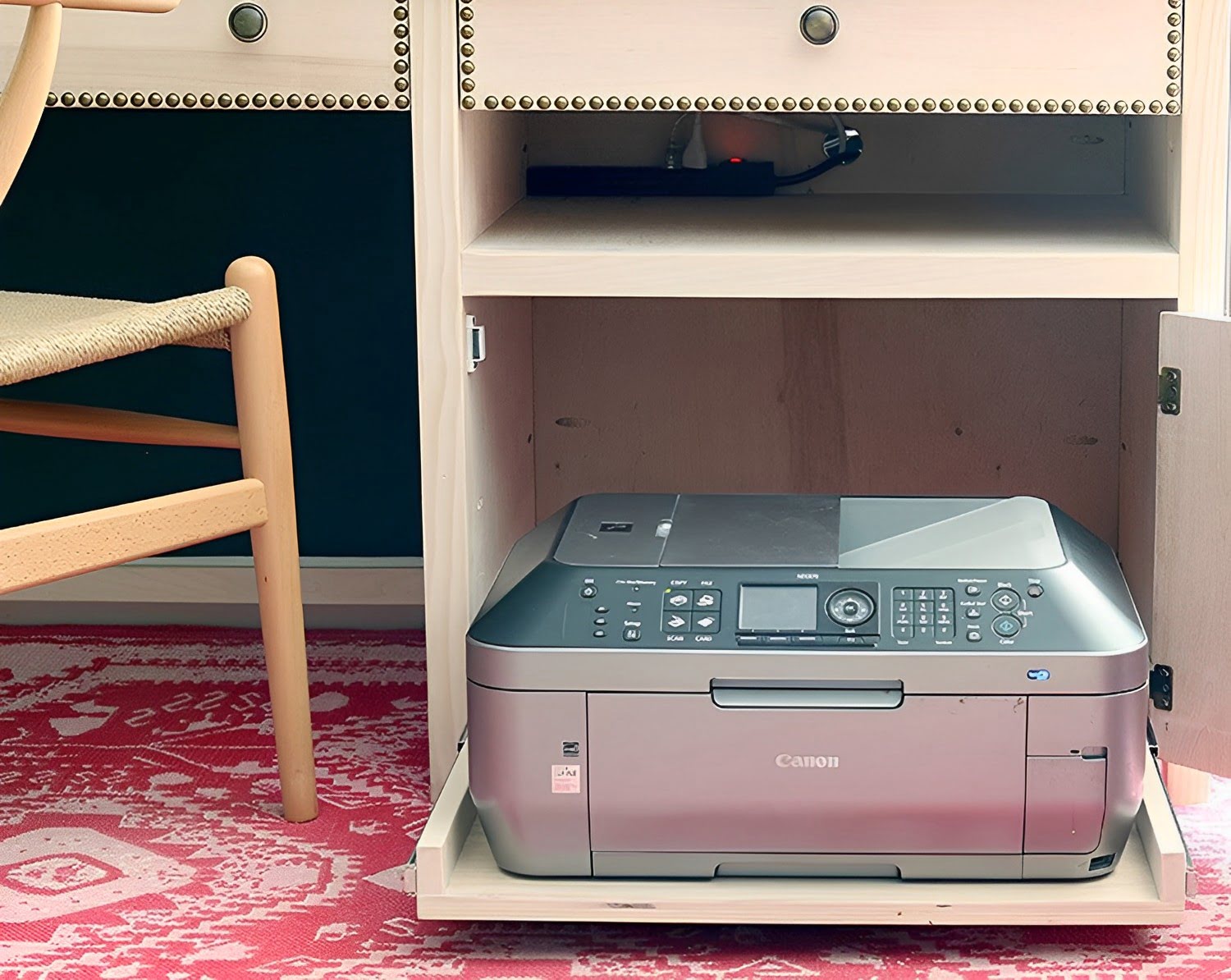

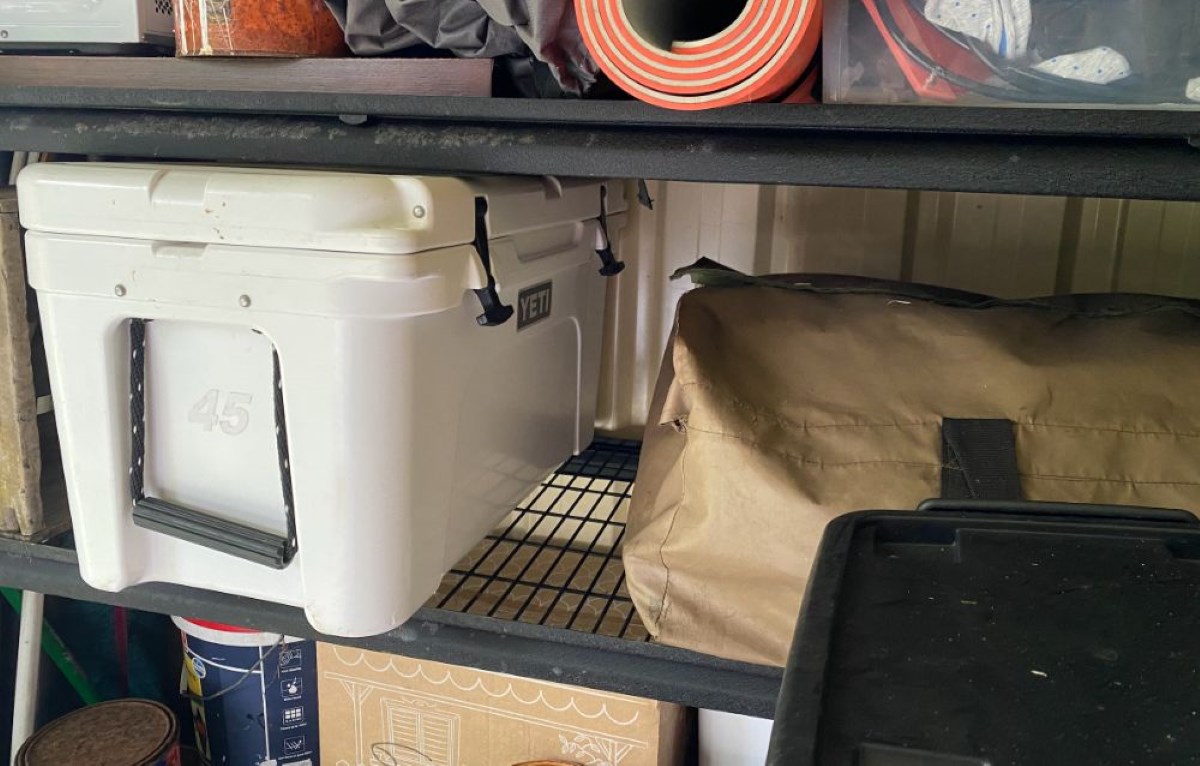

0 thoughts on “How To Store Car Battery When Not In Use”